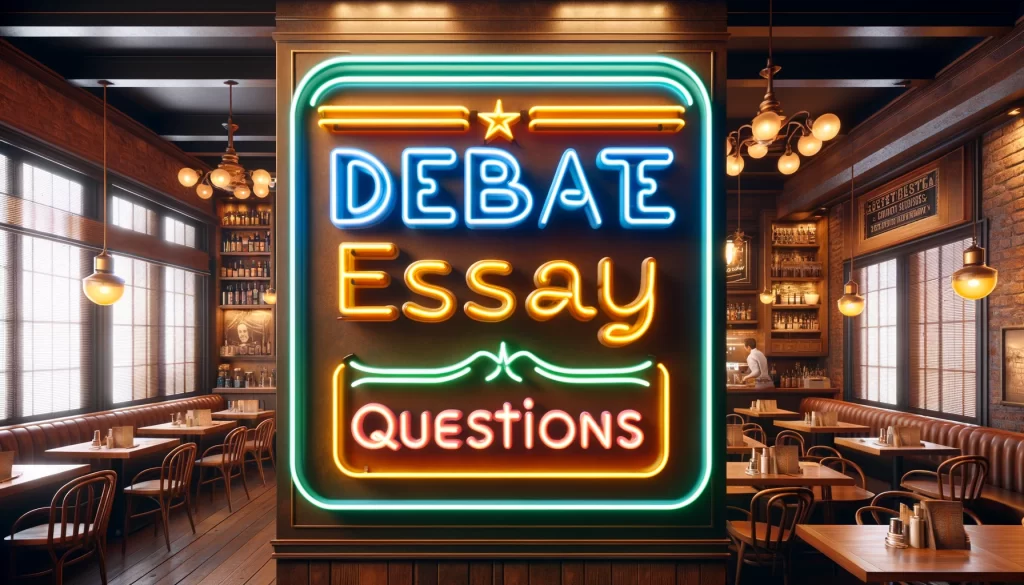The United Kingdom took a bold step to safeguard young netizens by introducing the Children’s Code, officially known as the Age Appropriate Design Code. This innovative regulation, implemented in 2020, aimed at making the internet a safer space for children. Social media giants, including the likes of TikTok, YouTube, Instagram, and Snapchat, had to adjust their digital landscapes to align with this new code, making nearly 100 significant changes to protect young users. This movement towards a safer digital environment is captured in a report by the Children and Screens: Institute of Digital Media and Child Development, shedding light on the proactive measures taken by these platforms.
The necessity of such reforms springs from the increasing concerns over online safety for kids. The U.K.’s initiative, demanding that social media platforms become more child-friendly, signals a significant shift in how we perceive and interact with digital spaces. Notably, these changes aren’t confined to the U.K. but span globally, influencing how these platforms operate even in the United States.
Despite resistance from some corners of the tech world, these platforms have made adjustments in four critical areas: enhancing youth safety and well-being, fortifying privacy and data management, ensuring age-appropriate content, and helping manage the time spent online by younger users.
Kris Perry of Children and Screens and Mary Alvord, a psychologist and author, commend the initiative, highlighting the importance of these platforms taking feedback seriously and making necessary adjustments to protect young minds.
For instance, to bolster youth safety and well-being, Instagram now filters out bullying comments and uses advanced technology to detect harmful content in photos. YouTube has introduced measures to alert users about potentially offensive comments and actively removes hate speech. These steps, among others, are pivotal in creating a more secure online environment for children.

Privacy and security have also been a focal point, with Instagram introducing alerts for minors when they interact with adults flagged for suspicious behavior, creating a safer communication channel. Moreover, these platforms have become more vigilant in ensuring that adults cannot message minors who are significantly younger, adding an extra layer of protection.
Time management features have also been improved, with platforms like YouTube Kids disabling autoplay by default and encouraging regular breaks for users aged 13 to 17. These changes are designed to help young users better manage their screen time and foster healthier digital habits.
Experts like Mitch Prinstein, a neuroscientist at the University of North Carolina at Chapel Hill and chief science adviser at the American Psychological Association, believe that while these are steps in the right direction, there’s still much to be learned about their impact on child safety and well-being. The addictive nature of social media, characterized by features like infinite scroll, poses significant challenges to developing minds, necessitating these and further reforms.
The push for a safer digital space for children has also inspired legislation in various U.S. states, mirroring the U.K.’s Children’s Code. Noteworthy is California’s own version of the code, though it currently faces legal challenges. Meanwhile, the U.S. Senate is considering the Kids Online Safety Act, emphasizing the protection of children’s privacy and the reduction of harm on social media platforms.
As these legislative and platform changes unfold, it’s crucial for families not to feel powerless. Engaging in open dialogues about online activities and being proactive about digital literacy can empower both parents and children, making the digital world a safer place for young users.
This article is based on the following article:

Background Information
By understanding these concepts, readers can better appreciate the efforts to make the internet a safer place for young users and the role of various stakeholders in this process. This background knowledge equips students with the context needed to critically assess the impact of policies like the Children’s Code on their digital experiences.
Understanding the Digital Landscape
- Social Media Platforms: Websites and applications that enable users to create and share content or participate in social networking. Popular platforms among young people include TikTok, YouTube, Instagram, and Snapchat. Each platform has unique features but shares the common goal of engaging users through content sharing and interaction.
- Online Safety Concerns: As the internet has become integral to daily life, concerns have grown about privacy, exposure to inappropriate content, cyberbullying, and the potential for excessive use, which can affect mental and physical health. Young people, in particular, are considered vulnerable due to their developing brains and the potential for exploitation.
- Digital Privacy: Refers to the protection of personal information online. Concerns include unauthorized data collection, sharing with third parties without consent, and the risk of predatory behavior through social media interactions.
Key Concepts in the Children’s Code
- Age Appropriate Design Code (Children’s Code): A set of guidelines and principles aimed at protecting children’s privacy and safety online, developed by the U.K. government. It mandates that digital services, including social media, consider the best interests of child users in their design and functionality.
- Youth Safety and Well-Being: Initiatives under this category aim to protect children from online harms, such as bullying, exposure to inappropriate content, and exploitation. Measures include content filtering, moderation, and tools to report or block harmful interactions.
- Privacy, Security, and Data Management: These terms refer to how personal information is collected, stored, and used by platforms. For young users, the code emphasizes minimizing data collection, enhancing security measures to protect data, and giving users control over their information.
- Age-Appropriate Design: The principle that digital services should be designed with the age and development level of child users in mind. This includes clear communication, settings that default to high privacy, and features that support healthy use patterns.
- Time Management: Refers to tools and features that help users, particularly children and adolescents, manage how much time they spend on digital devices and platforms. This can include reminders to take breaks, limits on usage time, and controls for parents to help oversee their children’s digital consumption.
Legislative and Policy Background
- Legislation and Regulation: Laws and regulations that govern how companies must operate to protect consumers, including children. The Children’s Code is an example of regulation that specifically targets the protection of children online.
- Global Impact: While the Children’s Code originates in the U.K., its principles have influenced changes in social media practices worldwide. Companies often apply these safer standards globally, affecting users in other countries, including the U.S.
- Role of Industry and Advocacy Groups: Organizations like NetChoice represent the interests of tech companies and often engage in legal and policy debates around internet regulation. Meanwhile, nonprofits like Children and Screens advocate for policies that protect children’s well-being in the digital world.
The Importance of Digital Literacy
- Digital Literacy: The ability to use information and communication technologies to find, evaluate, create, and communicate information. For young people, digital literacy includes understanding online risks and knowing how to navigate the internet safely.
- Parental and Educator Roles: Adults play a crucial role in guiding children to use digital technologies responsibly. This involves setting boundaries, discussing the content and interactions children engage with online, and fostering a healthy digital lifestyle.

Debate/Essay Questions
- Do the benefits of implementing age-appropriate design codes and safety features on social media outweigh the potential limitations on freedom of expression and creativity? (Can legislation like the U.K.’s Children’s Code effectively reduce the risks associated with social media use without stifling innovation in the tech industry?)
Please subscribe to Insight Fortnight, our biweekly newsletter!
